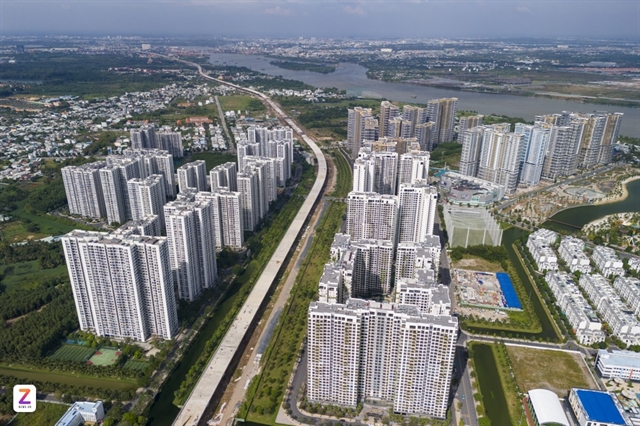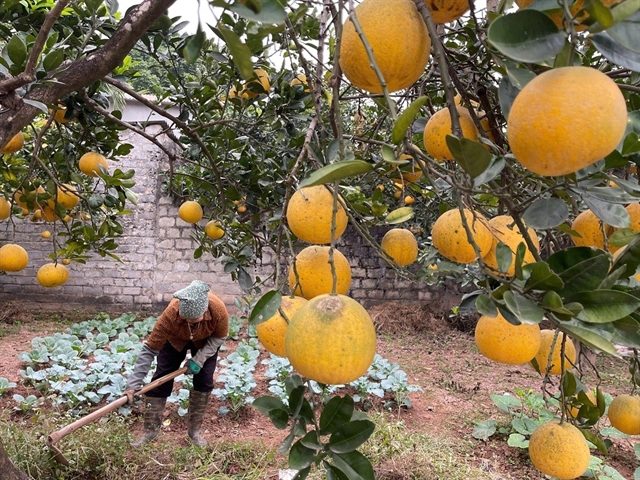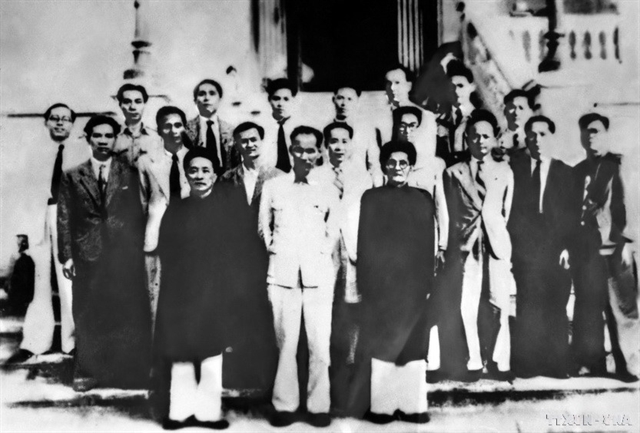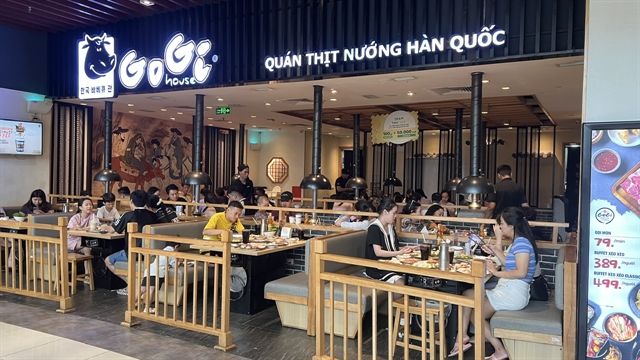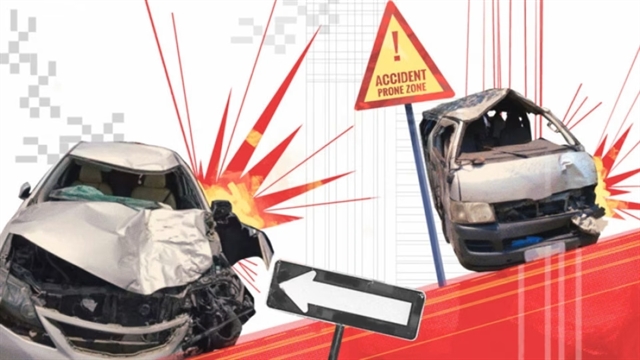 World
World

Southeast Asian countries today are far more integrated than they have ever been in the modern history of the region, but ASEAN has some way to go before it can call itself a real community. The 10 member countries grouped in the Association of Southeast Asean nations (ASEAN) are glued together more because of their geographical proximity, and out of that perhaps comes a sense of shared destiny.
Endy M. Bayuni*
Southeast Asian countries today are far more integrated than they have ever been in the modern history of the region, but ASEAN has some way to go before it can call itself a real community.
The 10 member countries grouped in the Association of Southeast Asean nations (ASEAN) are glued together more because of their geographical proximity, and out of that perhaps comes a sense of shared destiny.
But a community, where members have shared values and principles, ASEAN is not.
For now, it is looking more like a neighborhood.
It’s a neighborhood of nations, big and small, rich and poor, at different stages of economic and political development, and they are already trading with one another more and more. But they ruled under vastly different political systems and ideologies, and often they have little in common other than the knowledge that their prosperity are closely tied because they are neighbors.
ASEAN marks its 50th anniversary on August 8, and although the group has officially become the ASEAN Community since the end of 2015, one could hardly find the spirit or the sense of being part of an emerging community when traveling and meeting with ordinary people across the region.
Their governments rarely talk about ASEAN being a community. In speeches, they still refer to it just as ASEAN. Some call it an ASEAN economic community because of the closer economic integration.
Their peoples, according to most surveys, are mostly ignorant about the community idea. Many do not even know what the ASEAN acronym stands for let alone the benefits the association brings. Yet, ASEAN officials tirelessly churn out new acronyms with every new meeting.
The ASEAN motto “One Vision, One Identity, One Community” has hardly taken roots among the 625 million citizens. Few people will be singing the ASEAN anthem, aptly titled “The ASEAN Way”. Few people actually is aware that there is such an anthem.But at least there is the aspiration, or the stated intention, to turn the region into a community. As the anthem goes, ‘we dare to dream, we care to share, for it’s the way of ASEAN’.
What is grossly missing is the political will of its leaders to take up the community idea more seriously and more than just a geopolitical and economic concept.
This, however, does not take away the value of ASEAN in the first 50 years of its existence, to the member countries, to their peoples, and to the rest of the region of Asia and beyond.
People’s ignorance about ASEAN extends to the most important contribution that the association has given: Five decades of uninterrupted peace which has afforded member countries the time to focus attention and devote resources to nation building and economic development. People in the richer ASEAN countries may not appreciate that their prosperity owes to the relative stability their leaders have painfully built through the association.
ASEAN meetings have expanded with offshoots such as the ASEAN Regional Forum and the East Asia Summit that bring all the major powers in the world and the Asian region to discuss political and economic security of the region and the world.
ASEAN has been dubbed as the most successful regional organisation in the world. So successful, in fact, that ASEAN has often been in the driving seat for some initiatives seen in the Asia Pacific region. ASEAN enjoys the centrality of its role in the larger region. Fifty years ago, this region of Asia was a zone filled with tensions and conflicts. Every country had some bones to pick with all its neighbours over historical overlapping territorial claims or ideological differences. In the Cold War context, Southeast Asia gave the perfect theatre for the big powers to conduct their proxy wars.
The original five founding ASEAN members — Indonesia, Malaysia, the Philippines, Singapore and Thailand — worked out the perfect way to overcome their differences and their territorial disputes: Put them aside, literally sweep them under the carpet. It’s a formula that has survived the test of time as the group expanded over the years, with the addition of Brunei in 1984, and later Cambodia, Laos, Myanmar and Việt Nam in the late 1990s, to make it a complete 10.
Throw in the principles of non-interference in the internal affairs of other members, and of the decision-making process by consensus, together these make up the elements that created the “ASEAN Way”, a slow but almost sure, and most importantly, peaceful mechanism. It takes one member to kill any initiative or to slow down the process. ASEAN has moved nevertheless. That is the way how ASEAN has grown — some ascribing it as the recipe for its success. It is still going to be the way it moves forward for the foreseeable future.
With the group now turning 50, the ASEAN Way may become the one factor that slows and limits the process of closer integration. The ASEAN Way defines not only how fast but also how far it can move with the community idea.
The integration of their economies has moved so far afield with countries trading with one another more, and investing in one another more than before.
The political integration is a different story. It is moving at a slower pace, if at all.ASEAN never has the pretension to replicate the European Union (EU), and the Brexit episode makes it even more unlikely for ASEAN countries to want to move faster towards political integration.
The EU places more emphasis on members having shared values and principles. Former East European communist states had to work hard at political reforms to strengthen their democracy, freedom and human rights guarantees before they were admitted to the club. No such requirements in ASEAN. It’s purely geography. If the map shows you’re part of Southeast Asia, welcome to the neighborhood. No questions asked.
Unlike the EU, ASEAN is a collection of diverse political regimes: An absolute monarchy (Brunei), communist states (Việt Nam, Laos and Cambodia), military junta (Thailand), semi-democracies (Singapore and Malaysia) and struggling democracies (Philippines, Indonesia and now Myanmar).
There was an attempt to write in the principles of democracy, freedom and human rights when ASEAN was drafting its charter as part of the move to become a community. The original white paper, prepared by eminent ASEAN persons, was a very progressive document, but by the time their officials got their hands on it, they shot down the requirements that member governments must ascribe to on basic democratic principles.The ASEAN Charter, enacted in 2008, was a milestone nevertheless for the regional grouping.
The official launching of the ASEAN Community on December 31, 2015, marked the intention of their leaders to bring their countries closer together, if not politically, then certainly economically. Now they look to 2025 as the new target for some of the community ideals to be fulfilled.
But the march towards a community, in the real sense of the word, will likely have to wait until these countries decide to come and live together under some shared principles and values.
For now, let’s be content with ASEAN being a neighbourhood. It’s not a bad one. — ANN
* Endy M. Bayuni is Editor-in-Chief of The Jakarta Post, Indonesia. This is a series of columns on global affairs written by top editors and columnists from members of the Asia News Network and published in newspapers and websites across the region.

